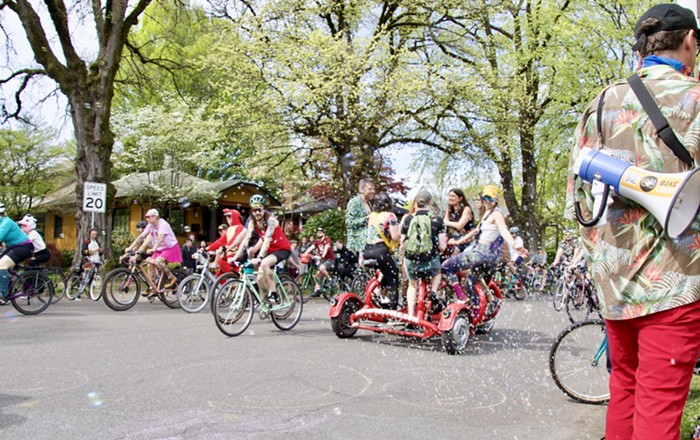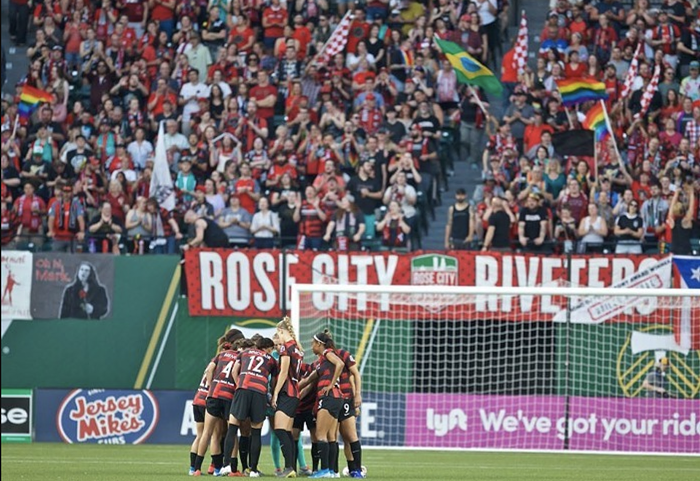"THE ROAD is a commons," writes bike enthusiast/historian James Longhurst in his new book, Bike Battles, which you should absolutely buy and hold up as a righteous rebuke the next time someone complains that "the war on cars is real." Longhurst maps out the perfect storm of American consumer trends, policy decisions, and historical events that led to that car cutting you off downtown just now. DO THEY MIND?!
Well, according to a HISTORIAN, they should. Because despite the popularity of the personal automobile in the United States, there's actually an ancient precedent for sharing the road—the idea of the road as a public space. This concept is so fundamental, Longhurst calls it "a basic precept in Western civilization," and is able to date it back to the 6th century legal code of the Byzantine Emperor Justinian, which included a provision guaranteeing free passage on public highways and roads. In English common law, too, the "Common-road," or the (obviously way cooler) "King's High-way," was a space for all the king's subjects to "go, return, pass, and repass."
In other words, the road was seen as shared property, where all conveyances were welcome and none dominated. And unfortunately for that driver who just cut you off, you are—in theory—just as free to go, return, pass, and repass as he is. We all should share the road, whether we like it or not, just as we did when we had kings around to decree stuff for us. And that's what Bike Battles is, to an extent—a call for sharing the road, albeit a dense, heavily footnoted one.
Making the road hospitable to all isn't a far-off dream, argues Longhurst, but an imperative for building a society that's truly interdependent. "For millennia, humans have successfully figured out ways to manage access to resources through collective action," he writes. "In moments of crisis and rapid change, those human institutions created to manage and control resource use are often damaged; but periods of calm can allow for repair."
At present, our road system is damaged, but the idea that roads exist for cars is a fiction created by the rise of the automobile from the early 1900s onward. And Longhurst sees hope in what he identifies as a contemporary revival of interest in bicycling, one spurred by concerns about the environment, rising energy costs, and declining car ownership among young adults. We're in a good place right now, he argues, to rethink the position of the bicycle on the American road, and to implement bike-friendly policies that reestablish the road as a commons, as much the domain of bikes and pedestrians as cars.
One thing need not be revived, though: the high-wheel bicycle, and the snobbery that Longhurst says characterized its early 1880s adapters—wealthy, old-sport men who, by order of their (racist, sexist) "high-wheeler social clubs," wore the most impractical outfits for bicycling imaginable. A choice gem from Longhurst's research: "The new uniform of the Ariels [cycling group] includes coat and pants of steel gray corduroy, knit Jersey shirt in red and black stripes, polo cap to match, and dark blue stockings," the Chicago Daily Tribune wrote. "It is altogether likely... the girls will all lose their hearts when the handsome boys in this elegant costume appear at the lake."
Confidential to anyone planning to dress like that: Don't. The real way to a lady's heart is through Complete Streets policy.
More Bike Issue Articles:
Helmets (for the Helmet Haters)














